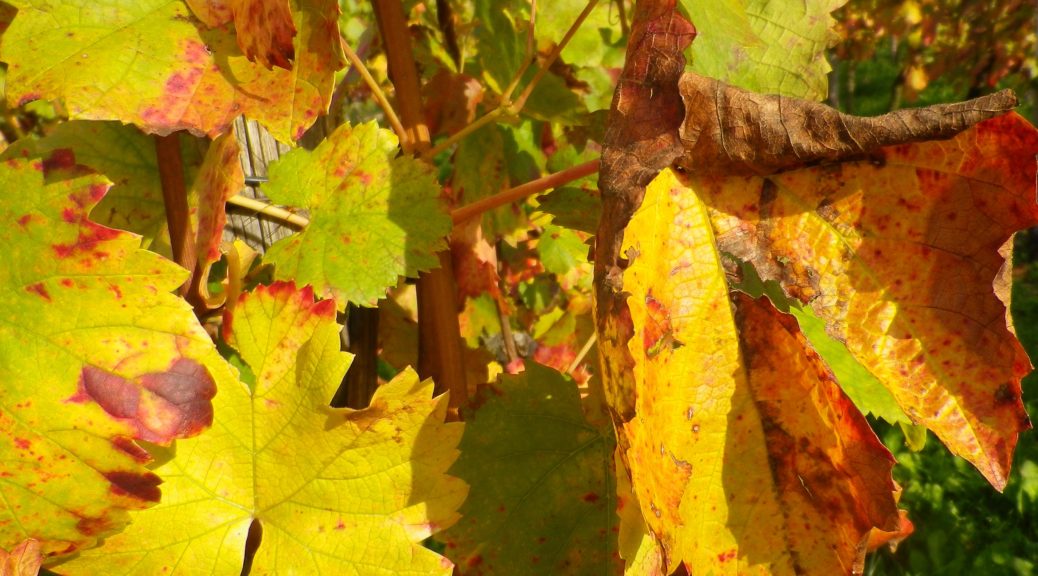What I Learned
The Wuerttemberg wine region, while not perhaps the best-known German wine region, has made significant contributions to wine culture throughout Germany and the world. Wuerttemberg’s Unterland district is one of six that makes up this region. The small town of Weinsberg, near the city of Heilbronn, are in this district (and on the trail), and have oenological claims to fame.
Weinsberg’s viticulture school, founded in 1868, is Germany’s oldest. Originally known as the Koenigliche Weinbauschule (Royal Viticulture School), it later became the Staatliche Lehr- und Versuchanstalt fuer Wein- und Obstbau (LVWO) (State Teaching and Research Institute for Viticulture and Fruit-Production). As the naming sequence implies, this institution has engaged in viticultural research, with impressive results.
Early research efforts led to several new grapes varieties. These were developed and initially grown in Wuerttemberg, and are well-known wines in Wuerttemberg. The Kerner varietal was the first in 1929. It resulted from a cross between a Riesling and a Trollinger. This wine is vinified white, although Trollinger itself is a red varietal. It was named after a prominent Weinsberg citizen, the Schwabian born and bred Justinus Kerner, a wine-grower, as well as a poet and physician. Another early varietal is the luscious Samtrot (“velvet red”), a mutation of the Pinot Meunier. As its name implies, it produces a smooth, red wine. An LWVO director in 1928-9 personally helped to ushered this grape into the wine-making world.
The Dornfelder varietal was developed in 1955. It is a cross between the Helfensteiner and the Heroldrebe, both red varietals, and both themselves products of the school’s research efforts. It was named after Immanuel Dornfeld, a founding father of the school, and a wine grower himself. This wine seems to be more popular elsewhere than in this corner of Wuerttemberg now, (judging from the difficulty I had finding a bottle of local Dornfelder).
More recent varietals created here in the 70s include three other red ones. However, it wasn’t until decades later that they began to be planted commercially. Nowadays, Cabernet Mitos, a Blaufraenkisch and Teintruier du Cher crossing, is quite well-known, especially in Baden. The other two varietals are Cabernet Cubin, a Blaufraenkisch and Cabernet Sauvignon crossing; and Cabernet Dorio, a Blaufraenkisch and Dornfelder crossing.
What I Tasted:
2016 Riesling, Weinsberger Ranzenberg, Lieblich, QbA, Genossenschaftskellerei Heilbronn: A sweet white wine with light plus gold color; a slight ripe white stone fruit nose, with peach and floral flavors with a hint of spice; mild acidity.
2015 Samtrot, Kabinett, Genossenschaftskellerei Heilbronn: A dry to off-dry red wine with light plus ruby red color; red fruits and spice nose with cherry and spice, sandalwood flavors. Mild tannins, with the finish smooth, although surprisingly slightly acidic at the end.
2014 Kerner, “Justinus”, Trocken, Kabinett, Genossenschaftskellerei Heilbronn (Heilbronn): An off-dry white wine medium-light gold color with a fruity nose of grapes and citrus, and flavors of red grapefruit, and honey; mild acidity.
2012 Riesling, Burg Wildeck, Grosses Gewachs, Staatsweingut Weinsberg: Med plus gold; nose vanilla and oak, with vanilla, spice, floral and smoky flavors, very smooth and well-balanced, with mild plus acidity.
